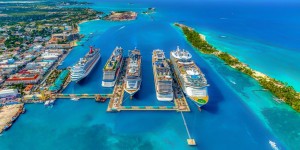Everything You Need To Know About The Government’s Traffic Light System (Updated August 2021)
The government’s ‘traffic light’ system has caused confusion since it’s inception back in May. However, with the latest news about the green and amber lists, there’s reason to be cheerful.
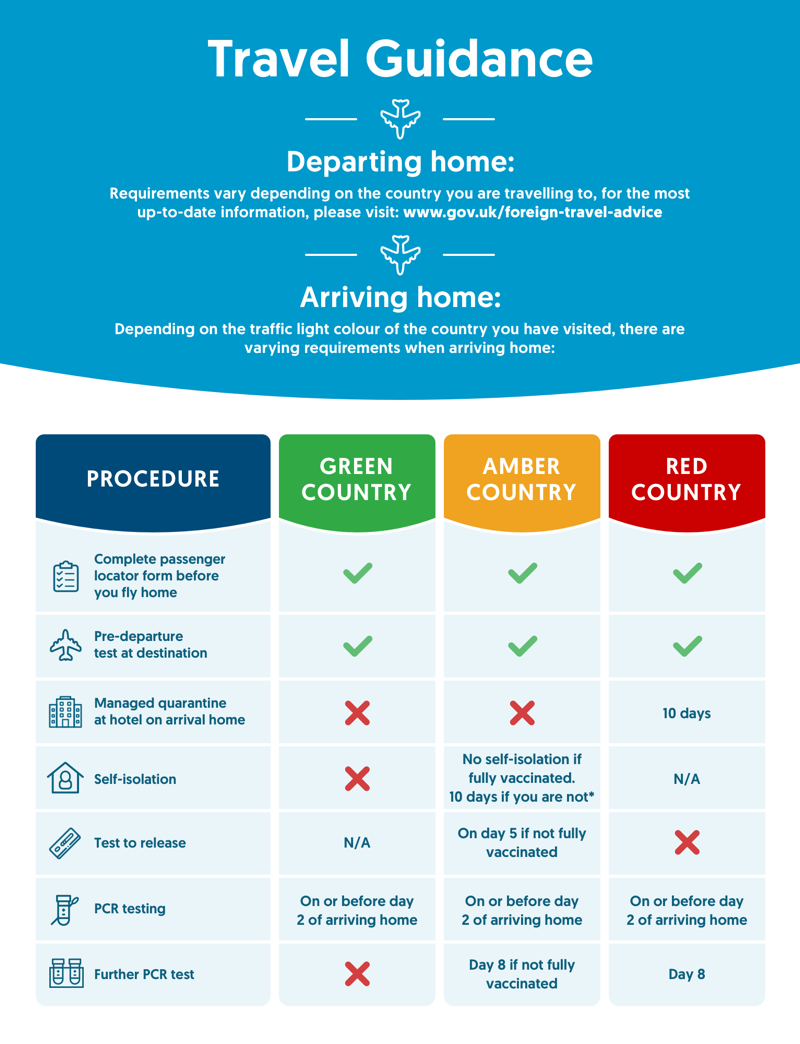
Back at the end of March Boris Johnson announced the roadmap to a safe return to international travel would become clearer from mid-April. Now we’re in August and, yes, we have a traffic light system with countries available for holidays. But there’s still a large amount of confusion and mistrust in companies and consumers when it comes to the system and its implementation.
So, we thought it was about time someone laid out the details of this convoluted system and told you exactly what you need to know.
First things first… where can you go?
Which countries are on each list?
European tourism powerhouses like Spain, Greece and Italy haven’t made the list. However, while Portugal and the Azores find themselves on the red list, for the moment Madeira is still amber. There are also Caribbean destinations on the green list, including Barbados, Antigua and Grenada, which does open the door to getaways this summer.
As we have seen throughout the government’s process of unlocking, the desire for cautious action rather than wholesale change has won out. This careful approach has meant that plenty of countries across the world now find themselves on the UK’s red list.
It’s understood that, essentially, any other country which isn’t placed on the green or red lists will be on the amber list.
Find out definitively, are on the Red, Amber, and Green Lists now.
But what is the traffic light system?
So now you know where you can go, what does it mean when you want to go away? And do you have to quarantine on your return to the UK?
People returning from countries on the ‘Green’ list will need to:
- Take a pre-departure test no more than 72 hours before starting your return journey
- Complete a passenger locator form
- Get a PCR test on or before day two of your arrival back in the UK
- There’s no need for quarantine – unless in the case of a positive test result
- Tests must be booked through a government-approved provider, before travelling
If you’re fully vaccinated and returning from a country on the ‘Amber’ list you’ll need to:
- Take a pre-departure test 72 hours before travel
- Complete a passenger locator form
- Take a PCR test on day two
- There’s no need to quarantine – unless in the case of a positive test result
- Tests must be booked through a government-approved provider before travelling
Whereas, non-vaccinated people returning from ‘Amber’ list countries will need to:
- Take a pre-departure test 72 hours prior to travel
- Complete a passenger locator form
- Quarantine at home for 10 days on return to the UK
- Take a PCR test on day two and day eight of your arrival back in the UK
- Option to cut short quarantine period with the use of the Test to Release scheme
- Tests must be booked through a government-approved provider before travelling
If you’re returning from a country in the ‘Red’ list you’ll need to:
- Take a pre-departure test 72 hours prior to travel
- Complete a passenger locator form
- Quarantine for ten days at a managed quarantine hotel
- Take a PCR test on day two and day eight of your arrival back in the UK
- No option to cut short quarantine
- You must book and pay for a government-approved quarantine package before travelling
The government will keep a constant watch on the status of countries. The ‘Green watchlist’ is staying for now, to outline destinations most at risk of moving from green to amber. As well as a new amber-plus list which has caused even more confusion to an already frustratingly over-thought system.
So can you actually go to places on the amber and red list?
What happens if I want to travel to a country on the Red or Amber lists?
Well, yes and no. We told you it was a frustratingly over-thought system.
After the latest announcement about quarantine-free travel to amber list destinations, vaccinated travellers can now, essentially, treat the green and amber lists as the same thing. Just make sure you have COVID covering travel insurance.
However, things can get a little more tricky for non-vaccinated travellers who will still have to abide by the old amber list guidance (see above breakdown). Moreover, every green list destination has its own entry requirements.
Meanwhile, if the country you’re visiting goes from amber to green while you’re there (or vice versa) then you will need to follow the advice for return travel in the colour category your current destination has changed to. For example, if it’s turned green then follow the green advice.
Separately, if you’re travelling back from a country on the red list then the government has also announced the cost of staying in an approved quarantine hotel will be increasing. The cost for one adult staying 10 days will lift from £1,750 to £2,285. In addition, the cost for a second adult staying will be uplifted from £650 to £1,430. The government have said change is to better reflect the costs involved.
But ultimately, if you’re not sure what to do you can check the FCDO foreign travel advice for more info on what the government are saying.
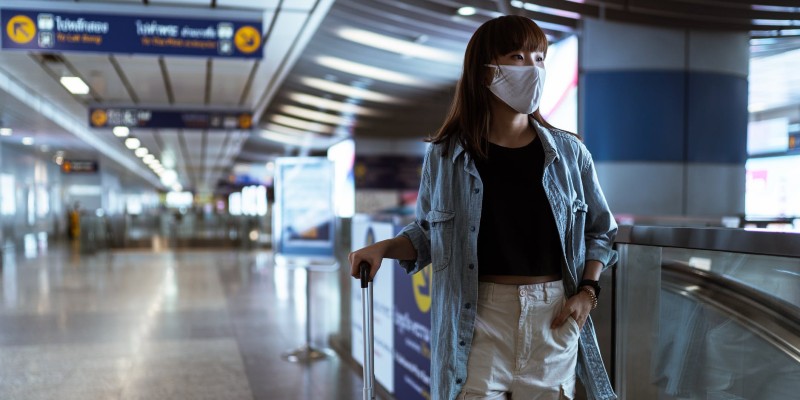
How do they determine which country will be in which category?
Following the announcement of the categorisation, Mr Johnson’s team also recently confirmed how they’ll position each country.
In order to determine which country sits where the government will take into account four points:
- The percentage of the country’s population to have been vaccinated
- Rate of infection
- Prevalence of variants of concern
- The country’s access to reliable scientific data and genomic sequencing.
As we’ve said, the government are constantly monitoring the situations with regards to the countries on each list. Categorisation will be reviewed again at two further ‘checkpoints’ on 31 July and 1 October.
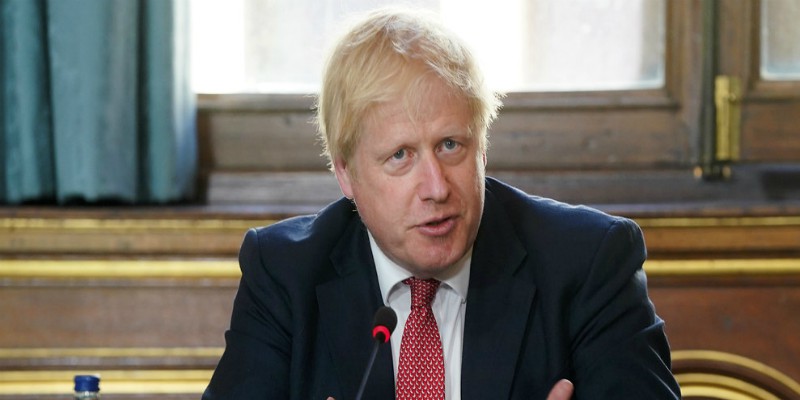
But who’s making the decisions?
After all these exciting global travel announcements you may be wondering who, in the government, has been tasked with creating this system?
Most announcements have come from the government’s Global Travel Taskforce. Boris Johnson originally set up the Taskforce back in October to plot a safe return route for international travel.
Transport Secretary Grant Shapps is at the head of the Taskforce and has been the person announcing the recent updates.
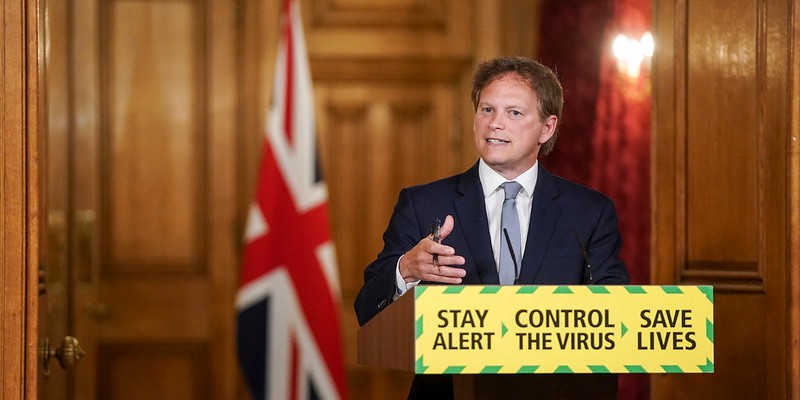
So, is everyone happy now?
In a word, no. Travel companies have been continuously critical of, what they believe to be, the government’s over-cautious approach to reinstating international travel. The plans have also come under scrutiny from rival parties who say this system has been ambiguous at best, as well as the need for PCR testing only allowing global movement to those who can afford it. PCR tests are adding to the costs of travel – sometimes to the tune of £100 per person.
There are those who’ll be happy that those popular Caribbean destinations have now made it on to the green list. However, many are getting tired of the government’s constant re-categorisation of countries without necessary preparation times. Travel bosses have also been quick to state that this shifting of destinations is damaging consumer confidence.
However, Mr Shapps has again confirmed his team are constantly looking at the COVID-19 numbers abroad. As well as assessing viable ways to drive down the cost testing to allow more access to foreign travel.

Cheaper testing
The issue surrounding the cost of testing comes from the government’s belief that PCR tests are the “gold-standard” of COVID tests.
Although Mr Schapps said about the cost of testing: “I think they are too expensive and it may be that there needs to be more entrants in the market, and we’ll be taking a very close look at that,”
He has also confirmed the government are looking at the possibility of providing free Lateral Flow Tests to combat this issue.
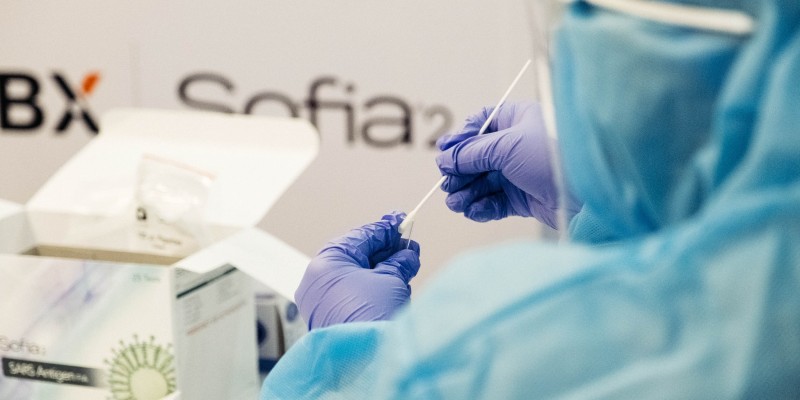
In conclusion
We should see the latest easing of restrictions in the UK as another step along the road back to normality.
However, there are clearly annoyed folks out there on both sides of the travel fence. All we can say is, travel is now back. Get you COVID insurance cover if you’re going away and then start focussing on sun bathing again – if you can remember how!




